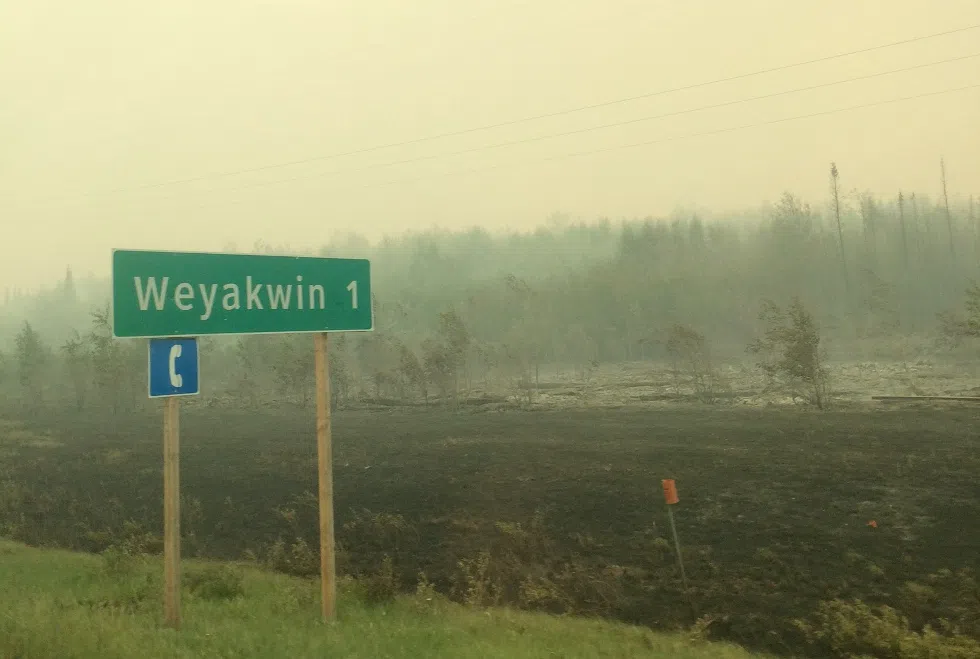
Over 1,000 fire evacuees head to Prince Albert
By Tuesday, weather and smoky conditions hadn’t provided much relief for wildfire crews protecting lives and communities in northern Saskatchewan from massive flames.
No rain has fallen on the many areas around La Loche, La Ronge, and northern communities threatened by fire, but the winds calming down have been a benefit to lessen the flames.
At the same time, it’s difficult for aircrafts to get up in the air and tackle the fires that have been devouring trees and brush.
Scattered showers may land in the fire-stricken areas, and forecasted wind shifts would benefit crews, said Scott Wasylenchuk, Provincial Fire Centre manager with the ministry of environment.


